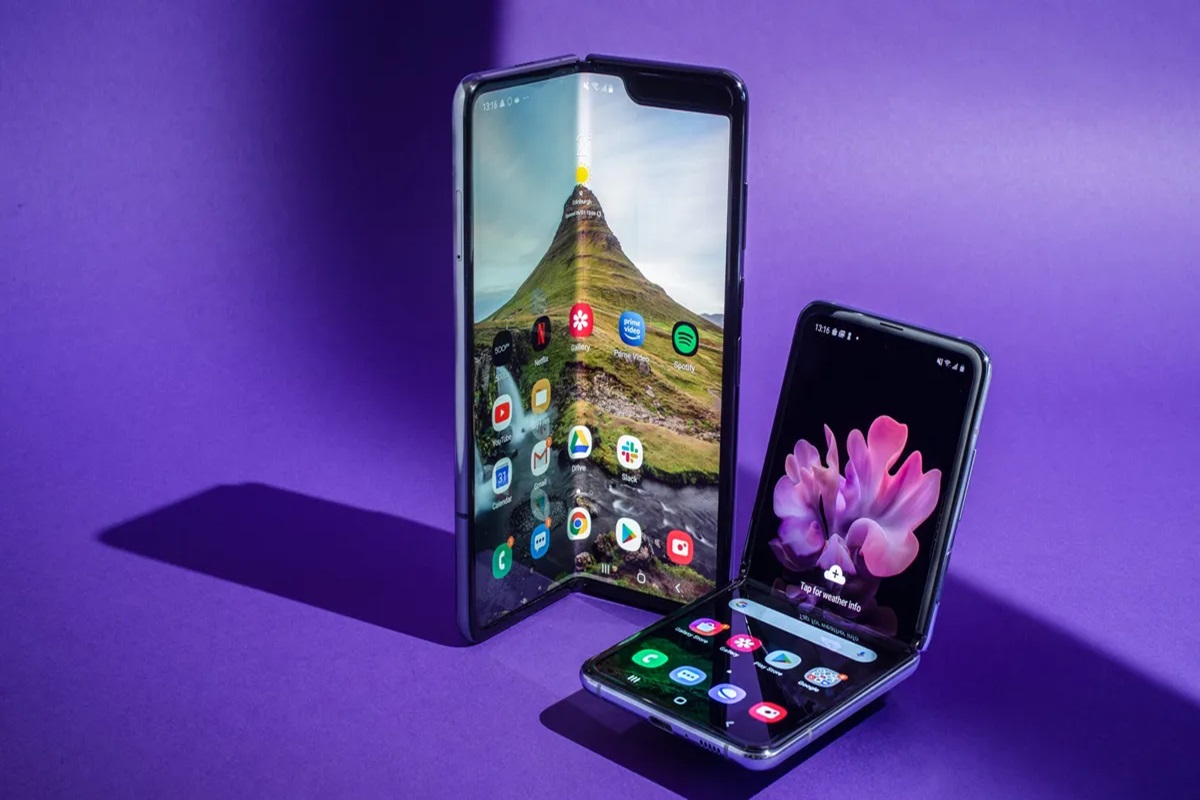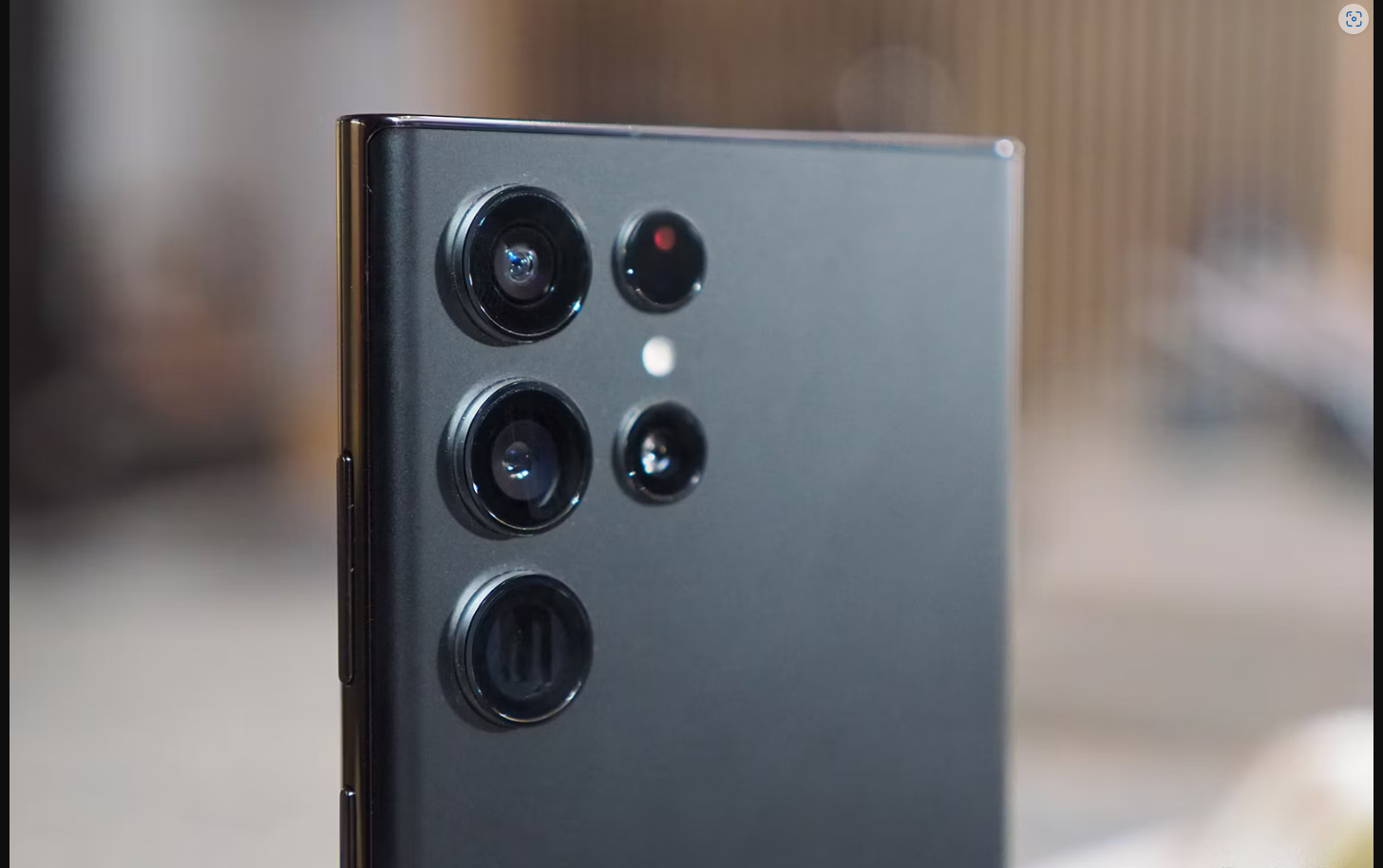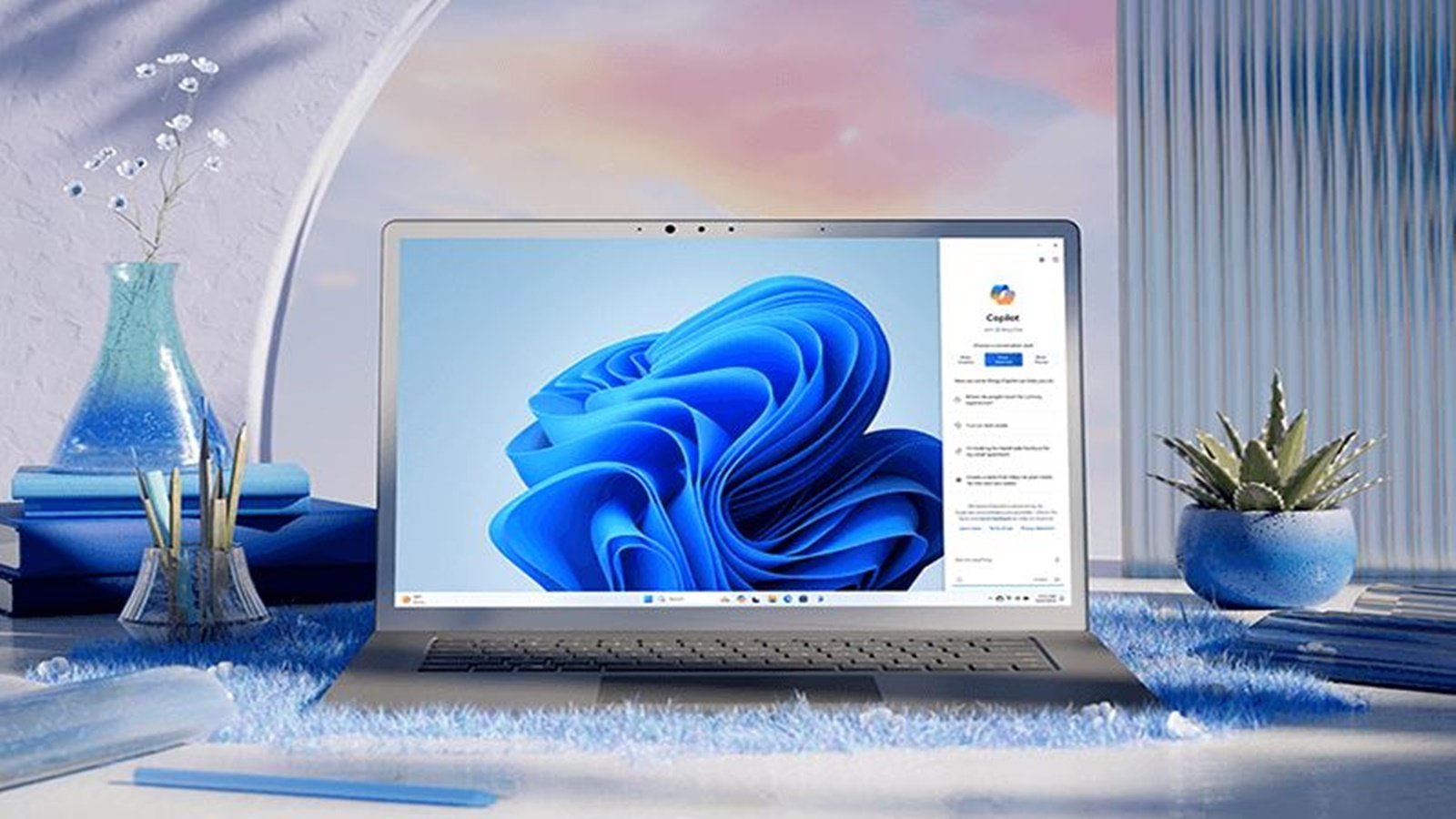The global smartphone market is witnessing a period of slow growth. But the significant part is, foldable smartphones are standing out. These innovative devices are capable of unfolding into larger screens and they are gaining traction and offering a glimpse into the future of mobile technology.

A notable development in the foldable market is the potential shift in leadership for clamshell-style foldables. While Samsung’s Galaxy Z Flip series has been dominant, Huawei’s upcoming Pocket 2 model could challenge this position. Huawei’s increased purchases of foldable display panels in Q4 2023 suggest anticipation of high sales volume for the Pocket 2.
In the last quarter of 2023, sales of foldable smartphones surged by 33%, reaching 4.2 million units compared to the same period in 2022. Analysts predict a further 105% increase in sales during the first quarter of 2024, indicating a promising upward trend.
The foldable market is set for further expansion, with data indicating the launch of 27 new foldable smartphones by the end of 2024. Several models including the Huawei Pocket 2, Honor Magic V2 RSR, and ZTE Nubia Flip/Libero Flip have already been announced highlighting manufacturers’ commitment to this evolving technology.
The foldable smartphone market is diversifying with Samsung retaining prominence but facing competition from other brands. Honor and OPPO have emerged with two models each in the top 10 best-selling list showcasing their growing capabilities in the foldable space.
Xiaomi and ZTE are also contributing in the market. The Samsung Galaxy Z Flip 5 leads, followed closely by the Huawei Mate X5 and Honor Magic Vs 2. The foldable smartphone market is experiencing rapid growth and diversification with new players entering and established brands innovating. With anticipation of new devices set to launch, the future of foldable smartphones looks very promising.








